When we think of lifelong bonds in the animal kingdom, our minds might jump to swans, wolves, or penguins—species known for their loyalty to a single mate. But what about the colorful personalities of the parrot world? Macaws, with their vibrant plumage and remarkable intelligence, have captivated humans for centuries.
Beyond their striking appearance lies a complex social nature that raises an intriguing question: do these magnificent birds form lifelong partnerships similar to some of their animal counterparts? This exploration into macaw bonding behavior reveals fascinating insights about these birds’ capacity for long-term relationships, both in the wild and in captivity, and what this means for those who keep them as companions.
The Natural Social Structure of Wild Macaws
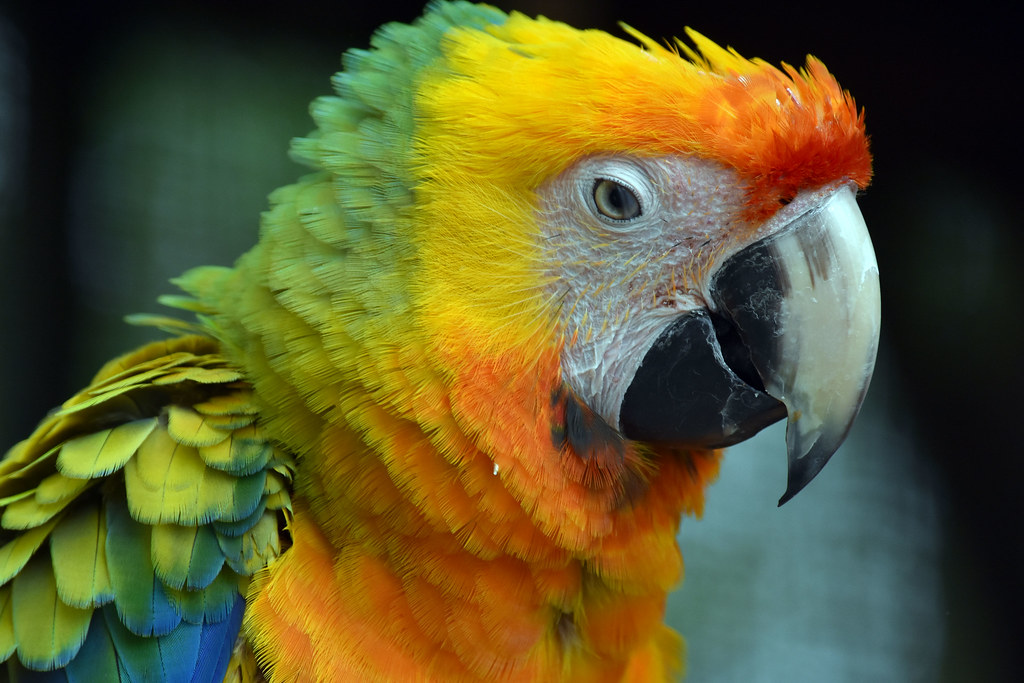
In their native habitats spanning the rainforests of Central and South America, macaws naturally live in complex social groups. These groups typically consist of 10-30 birds that forage, roost, and travel together throughout their territory. Within these larger flocks, macaws do indeed form pair bonds that can last for many years or even decades. These partnerships serve multiple evolutionary purposes, including mutual protection, more efficient foraging, and, most importantly, successful reproduction.
Researchers tracking wild macaw populations have documented pairs remaining together for 15-20 years or more, suggesting that these birds do have a natural inclination toward long-term monogamy. This social structure has evolved as an advantageous survival strategy in their challenging rainforest environments.
The Science Behind Pair Bonding in Parrots
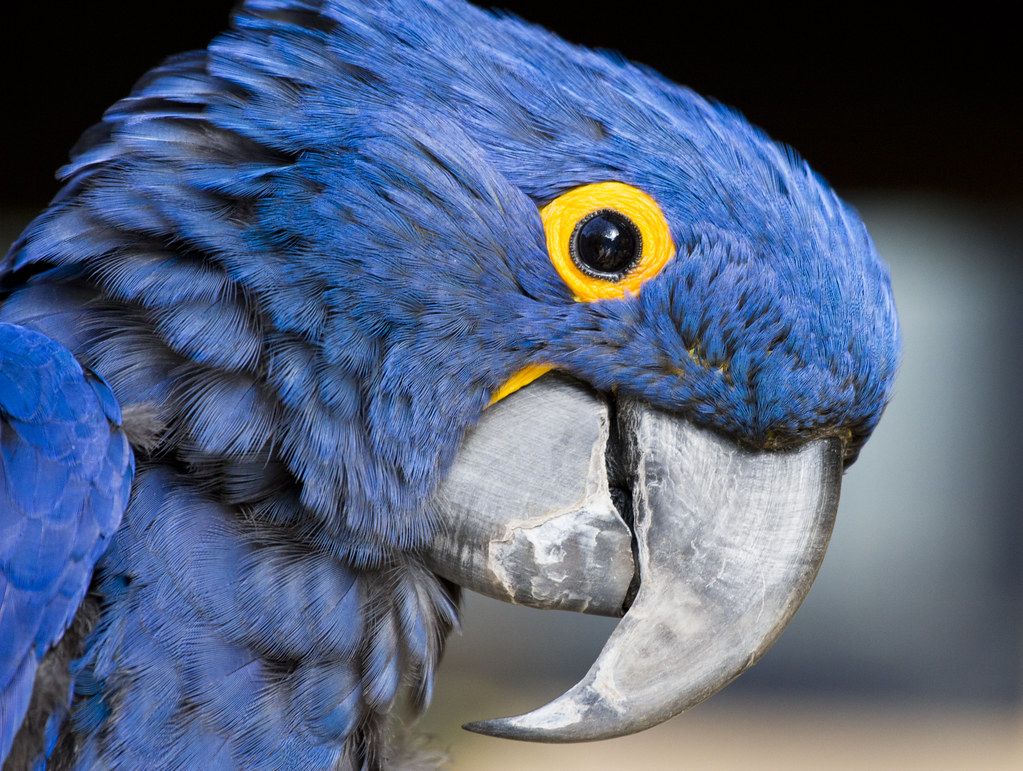
The biochemistry of pair bonding in macaws and other parrots shares fascinating similarities with mammalian bonding processes. When macaws form attachments, their brains release oxytocin-like hormones that create feelings of connection and attachment, not unlike what happens in human relationships. This neurochemical bonding mechanism helps explain the depth and durability of macaw partnerships. Studies have shown that paired macaws display synchronized behaviors, including matched vocalizations, coordinated movements, and mutual preening sessions that strengthen their bond.
Brain imaging research on parrots has revealed that these birds have highly developed neural pathways dedicated to social recognition and emotional processing, which supports their ability to form and maintain strong pair bonds. This neurological foundation makes macaws particularly adept at forming lasting relationships, whether with other birds or with human caregivers.
Mating for Life: Fact or Fiction?
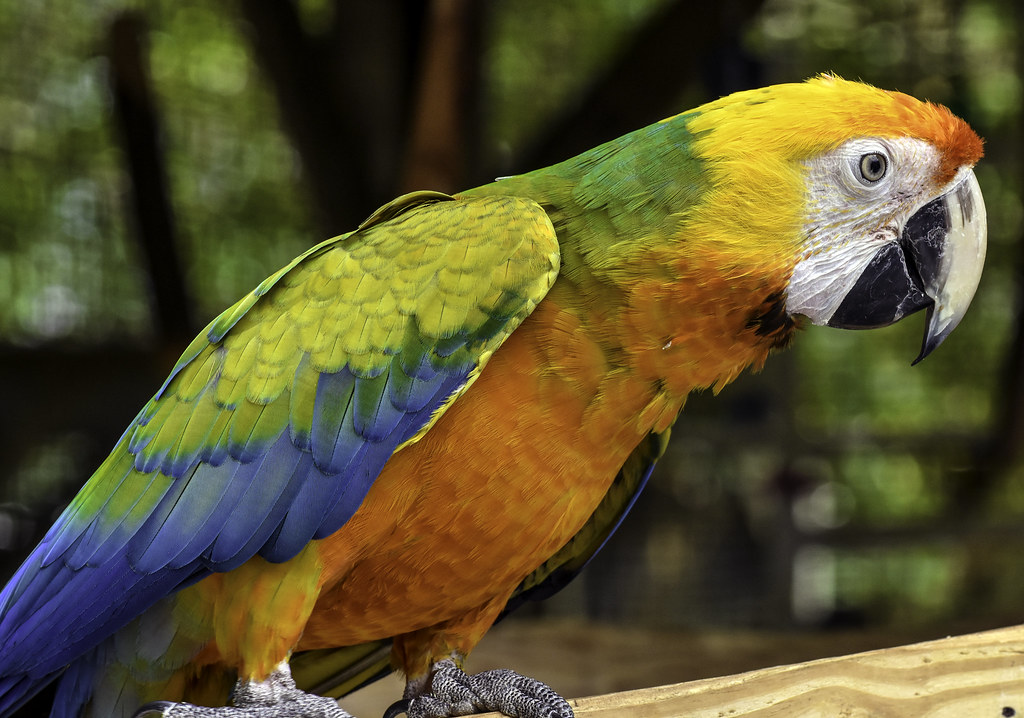
While macaws do form strong pair bonds, describing them as “mated for life” requires some nuance. Most macaw species practice serial monogamy rather than absolute lifelong fidelity. In the wild, pairs typically stay together for many breeding seasons, often for the majority of their lives, but they may seek new partners if their mate dies or if breeding attempts consistently fail.
Ornithologists studying wild macaw populations have occasionally documented cases of pair dissolution and re-pairing, particularly among younger birds in their first partnerships. However, once a successful breeding pair establishes themselves, the rate of partnership stability increases dramatically. The strength of these bonds appears to be reinforced by successful breeding experiences, suggesting that reproductive success plays a role in maintaining long-term partnerships.
Species Differences in Bonding Behavior
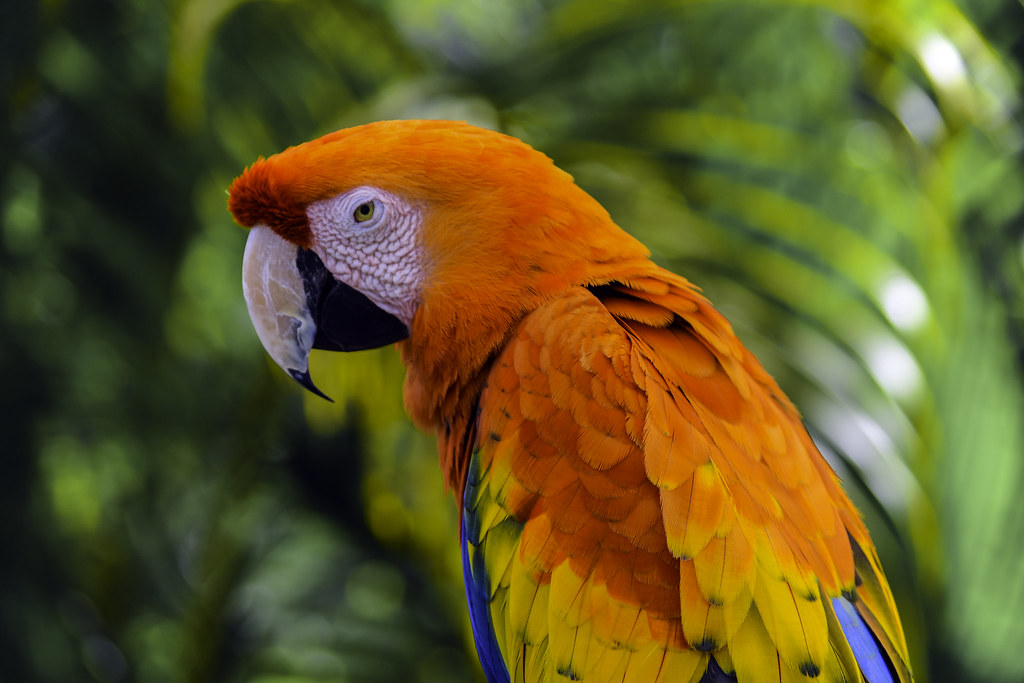
Not all macaw species display identical bonding patterns, with significant variations observed across the 17 recognized species. The Blue-and-gold Macaw (Ara ararauna) and the Scarlet Macaw (Ara macao) demonstrate particularly strong pair bonds that typically last for decades in both wild and captive settings. The Green-winged Macaw (Ara chloropterus) shows similar loyalty patterns but may take longer to establish initial bonds. In contrast, the smaller Mini-macaws, such as Illiger’s Macaw (Primolius maracana), while still forming pair bonds, may display somewhat more flexibility in their partnerships.
Research has indicated that larger macaw species generally maintain more stable pair bonds than their smaller relatives, possibly due to their longer lifespans and more complex social needs. These species-specific differences highlight the evolutionary adaptations that have shaped each macaw species’ social behavior to best suit their ecological niche.
The Role of Breeding in Strengthening Bonds
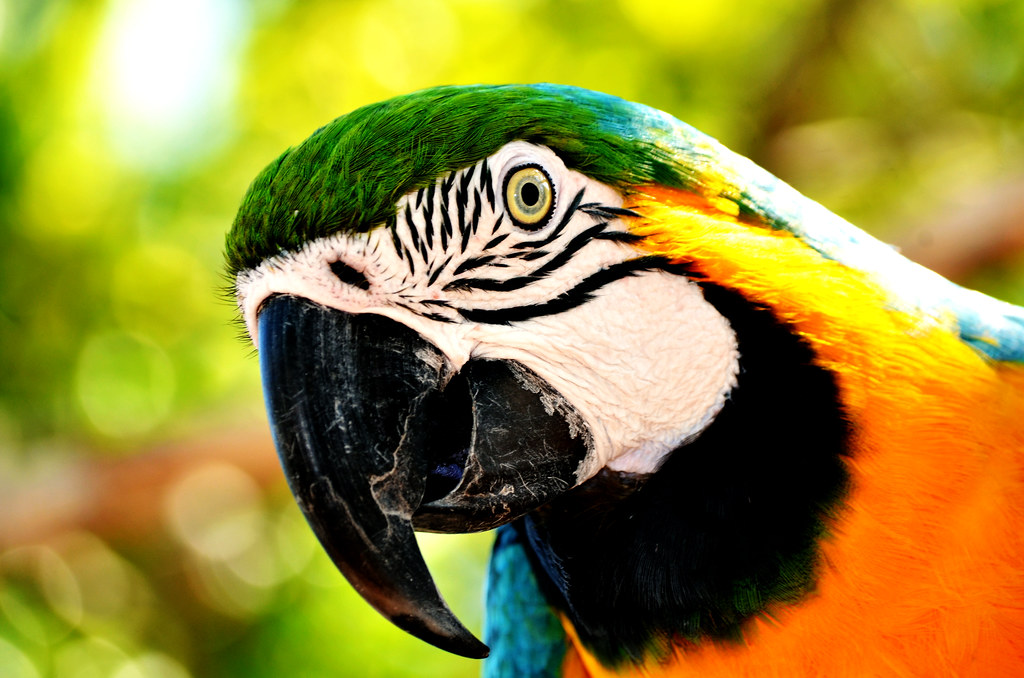
Reproduction plays a critical role in cementing and maintaining macaw partnerships. The collaborative effort required to raise macaw chicks creates a powerful shared experience that strengthens pair bonds. Wild macaw pairs work together to find and defend suitable nesting cavities, share incubation duties, and coordinate feeding schedules for their hungry chicks. This intensive parental investment, which can last several months for each clutch, creates a cooperative partnership that often endures beyond the breeding season.
Behavioral studies have shown that successfully breeding pairs demonstrate higher rates of affiliative behaviors like mutual preening, food sharing, and synchronized vocalizations compared to non-breeding pairs. The hormonal changes associated with breeding also contribute to bond strengthening, with elevated levels of prolactin and other attachment hormones persisting even after the breeding season has ended.
Captive Macaws and Their Human Bonds

In captivity, macaws often transfer their natural bonding tendencies to their human caregivers, forming deep attachments that can last decades. This phenomenon occurs because captive macaws, especially those hand-raised from a young age, may imprint on humans as their flock members or potential mates. The bond between a macaw and its human companion can display many characteristics of wild macaw partnerships, including separation anxiety when apart, excited greetings upon reunion, and displays of affection like regurgitation (a natural pair-bonding behavior).
These human-bird bonds require careful management, as macaws may become excessively dependent on their chosen person and potentially aggressive toward others they perceive as competitors. Responsible macaw guardians recognize that they are fulfilling a role as the bird’s lifelong social partner, a commitment that matches the decades-long lifespan of these intelligent birds.
When Macaw Partnerships Break Down
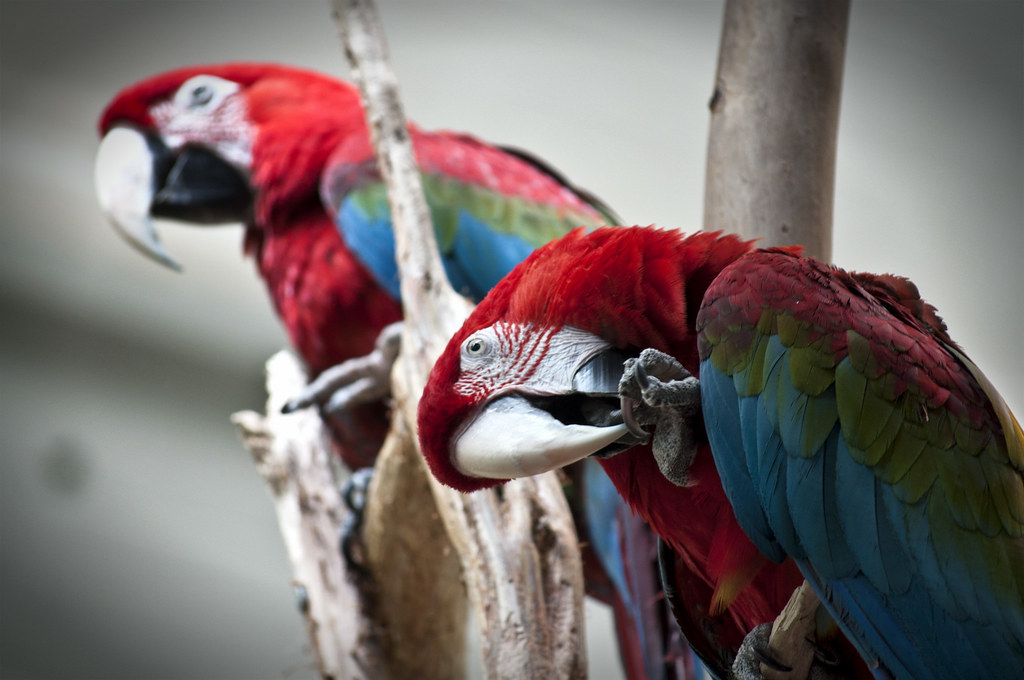
Despite their tendency toward long-term bonding, macaw partnerships can dissolve under certain circumstances. In wild populations, the death of a mate obviously necessitates finding a new partner, but pairs may also separate after repeated breeding failures or loss of territory. Researchers have documented cases where environmental stressors like habitat destruction or food scarcity have disrupted previously stable macaw partnerships. In captivity, inappropriate housing conditions, incompatible personalities, or competition for resources can lead to the breakdown of macaw bonds.
When partnerships dissolve, macaws typically go through a grieving period characterized by decreased activity, reduced vocalizations, and sometimes self-destructive behaviors like feather plucking. The process of forming new bonds after a partnership ends can take months or even years, particularly for older birds who have spent many years with a previous mate.
The Grief Process When Bonds Break
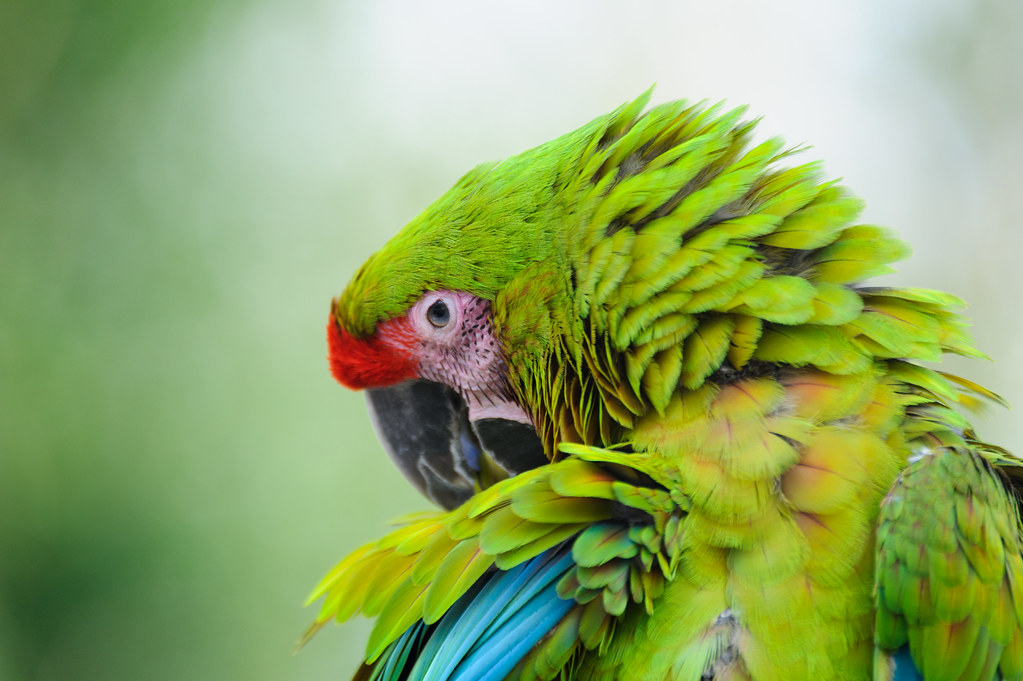
Macaws exhibit recognizable signs of grief when they lose a bonded partner, whether through death or separation. Behavioral changes following such losses can include lethargy, reduced appetite, increased vocalization or unusual silence, and withdrawal from social interactions. These grief responses can last for extended periods, with some birds showing signs of mourning for months or even years after losing a longtime companion.
Avian veterinarians recognize these symptoms as similar to depression in mammals and may recommend environmental enrichment, increased social interaction, or even medication in severe cases. Wildlife rehabilitators working with rescued macaws report that birds who have lost long-term partners often take significantly longer to adapt to new environments compared to unpaired birds. This emotional depth demonstrates the significant psychological investment macaws make in their pair bonds and underscores their capacity for complex social attachments.
The Impact of Lifespan on Macaw Bonding
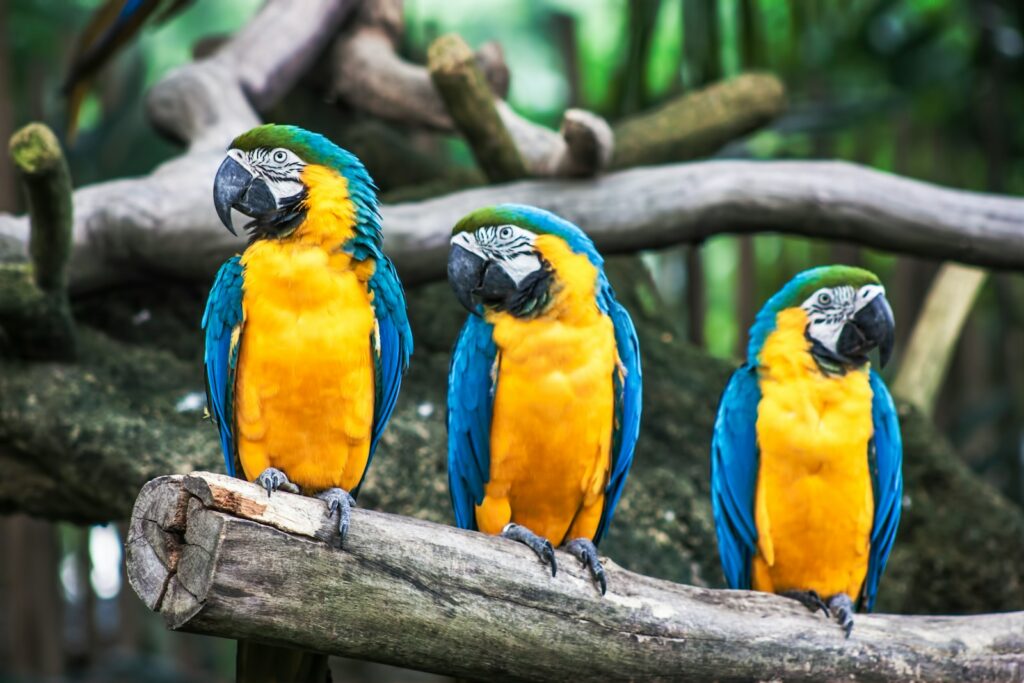
With potential lifespans reaching 50-80 years in larger species, macaws are among the longest-lived birds, a factor that significantly influences their bonding patterns. This remarkable longevity allows pairs to potentially remain together for decades, raising multiple generations of offspring and strengthening their partnership through years of shared experiences. Age-related factors influence bond formation, with younger macaws typically being more flexible in establishing new relationships compared to older individuals who may have more difficulty forming bonds after losing a long-term partner.
Long-term studies of macaw populations suggest that partnerships formed during early adulthood (between 3-10 years of age) tend to be the most stable and long-lasting. The extended lifespan of macaws also means that in captivity, these birds may outlive their human caregivers, creating unique challenges for ensuring their long-term welfare and preventing the trauma of broken bonds.
Conservation Implications of Pair Bonding
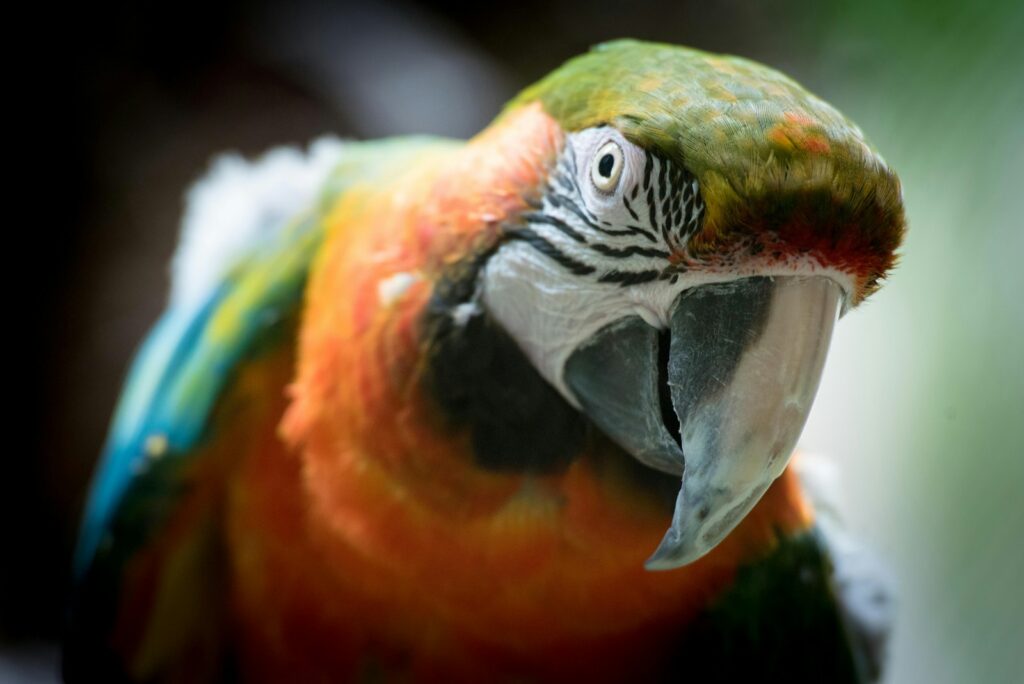
Understanding macaw bonding behaviors has significant implications for conservation efforts aimed at protecting these increasingly endangered birds. Many macaw species face severe population declines due to habitat loss and illegal trapping for the pet trade, threats that directly disrupt their natural social structures. Conservation breeding programs must account for the strong pair bonds formed by macaws, as artificially pairing birds that haven’t chosen each other often results in breeding failure or aggression.
Successful reintroduction programs, such as those for the Spix’s Macaw and Lear’s Macaw, have found that releasing bonded pairs rather than individual birds significantly increases survival rates in the wild. Protected areas must be large enough to support the complex social dynamics of macaw flocks, including the formation and maintenance of pair bonds that may span decades. By respecting and accommodating these birds’ natural bonding behaviors, conservation efforts can more effectively support the recovery of threatened macaw populations.
Ethical Considerations for Pet Macaw Owners
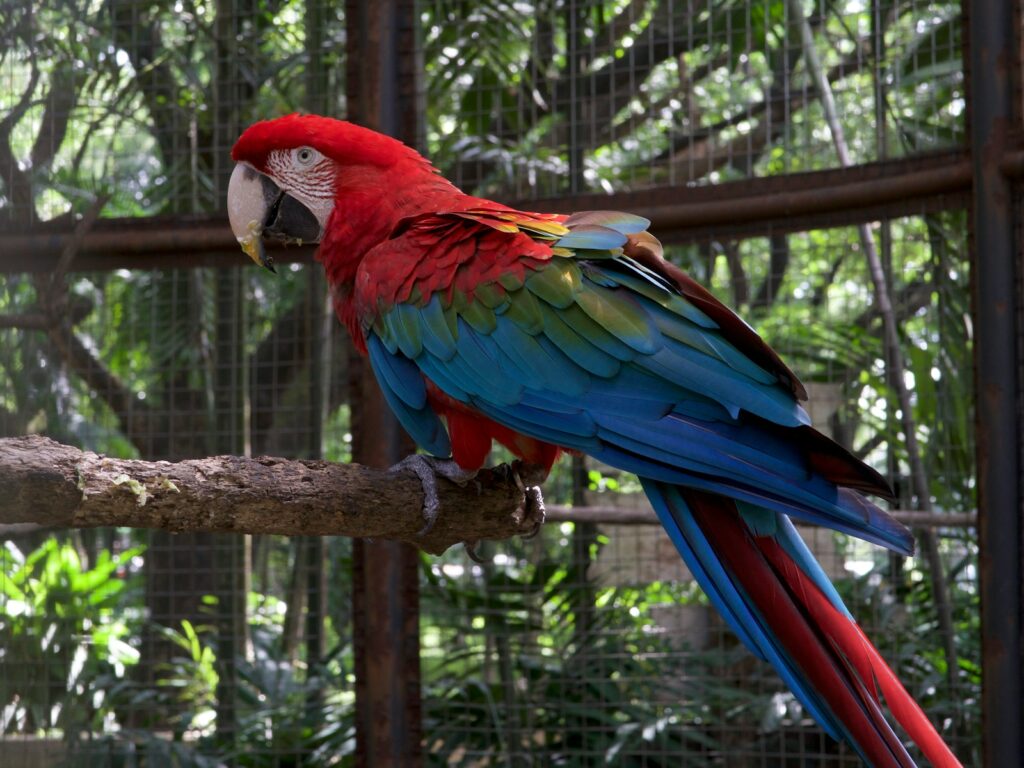
The strong bonding nature of macaws creates special ethical responsibilities for those who keep these birds as companions. Potential macaw guardians must understand that they are committing to meeting the bird’s social and emotional needs for potentially 50+ years. Separating bonded macaw pairs, whether bird-bird or bird-human bonds, can cause severe psychological distress comparable to losing a family member. Responsible ownership includes having a succession plan for the bird’s care should the owner be unable to continue providing for them.
For macaws already bonded to humans, owners should encourage appropriate socialization with other people to prevent exclusive dependencies that could become problematic if circumstances change. These ethical considerations extend to breeding practices, where separating established pairs for commercial breeding purposes can cause significant trauma to these socially complex birds.
Cultural Significance of Macaw Fidelity
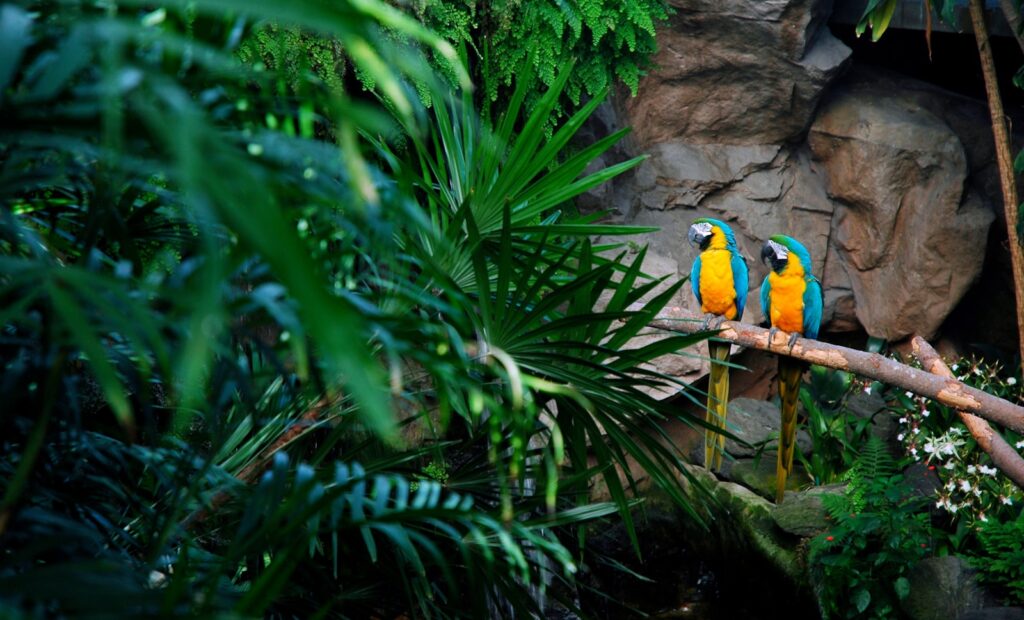
The loyal nature of macaw partnerships has been recognized and celebrated by indigenous cultures throughout the birds’ native range for thousands of years. Many Amazonian tribes incorporate macaw pair bonding into their mythology, using these birds as symbols of fidelity and lasting love in traditional stories and art. The Bororo people of Brazil traditionally associate specific macaw species with ancestral spirits, believing that the birds’ loyal partnerships reflect connections that transcend death.
In pre-Columbian Mesoamerican cultures, macaw feathers were prized for ceremonial use, with mated pairs of birds kept specifically for sustainable feather harvesting rather than being killed. These cultural connections continue today, with contemporary Latin American art and literature often using macaw imagery to represent enduring relationships. This long-standing cultural recognition of macaw bonding behavior underscores how observable and significant these birds’ loyalty has been to human societies that have lived alongside them.
Future Research Directions in Macaw Bonding
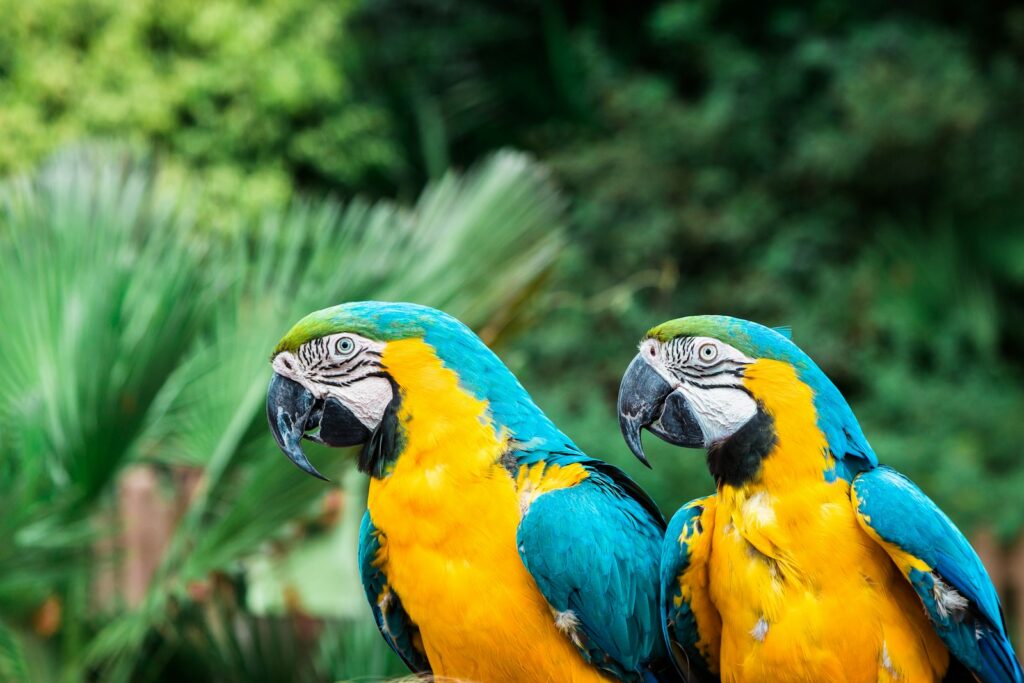
While we’ve learned much about macaw bonding behavior, significant questions remain that could benefit from further scientific investigation. Long-term tracking studies using modern GPS technology could provide more precise data about the duration and exclusivity of wild macaw partnerships across their entire lifespans. Comparative studies examining the neurobiological mechanisms of bonding across different parrot species could reveal how and why macaws develop particularly strong attachments.
Research into the genetic components of bonding behavior might help explain individual variations in bonding tendencies observed within the same species. As conservation breeding programs continue to develop, more research is needed on how to support healthy bond formation in captive environments to improve both welfare and breeding success. These future research directions promise to deepen our understanding of these remarkable birds’ capacity for loyalty and connection.
Conclusion: The Faithful Hearts of the Rainforest

While macaws may not fit the absolute definition of “mated for life” in all circumstances, their natural tendency toward long-term, loyal partnerships places them among the more romantically committed creatures in the animal kingdom. Their capacity for deep, lasting bonds—whether with fellow macaws or human caregivers—reflects the complex social intelligence that has evolved in these remarkable birds over millions of years.
Understanding the depth and significance of macaw bonding behaviors enhances our appreciation for these magnificent birds and emphasizes our responsibility to protect not just individual macaws but the social connections that are fundamental to their psychological well-being. As we continue to learn more about the emotional lives of macaws, we gain not only scientific knowledge but also a deeper respect for the rich tapestry of relationships that sustain life in the natural world. For those fortunate enough to share their lives with macaws, recognizing and honoring these birds’ capacity for loyalty offers the reward of a profound cross-species connection that truly can last a lifetime.

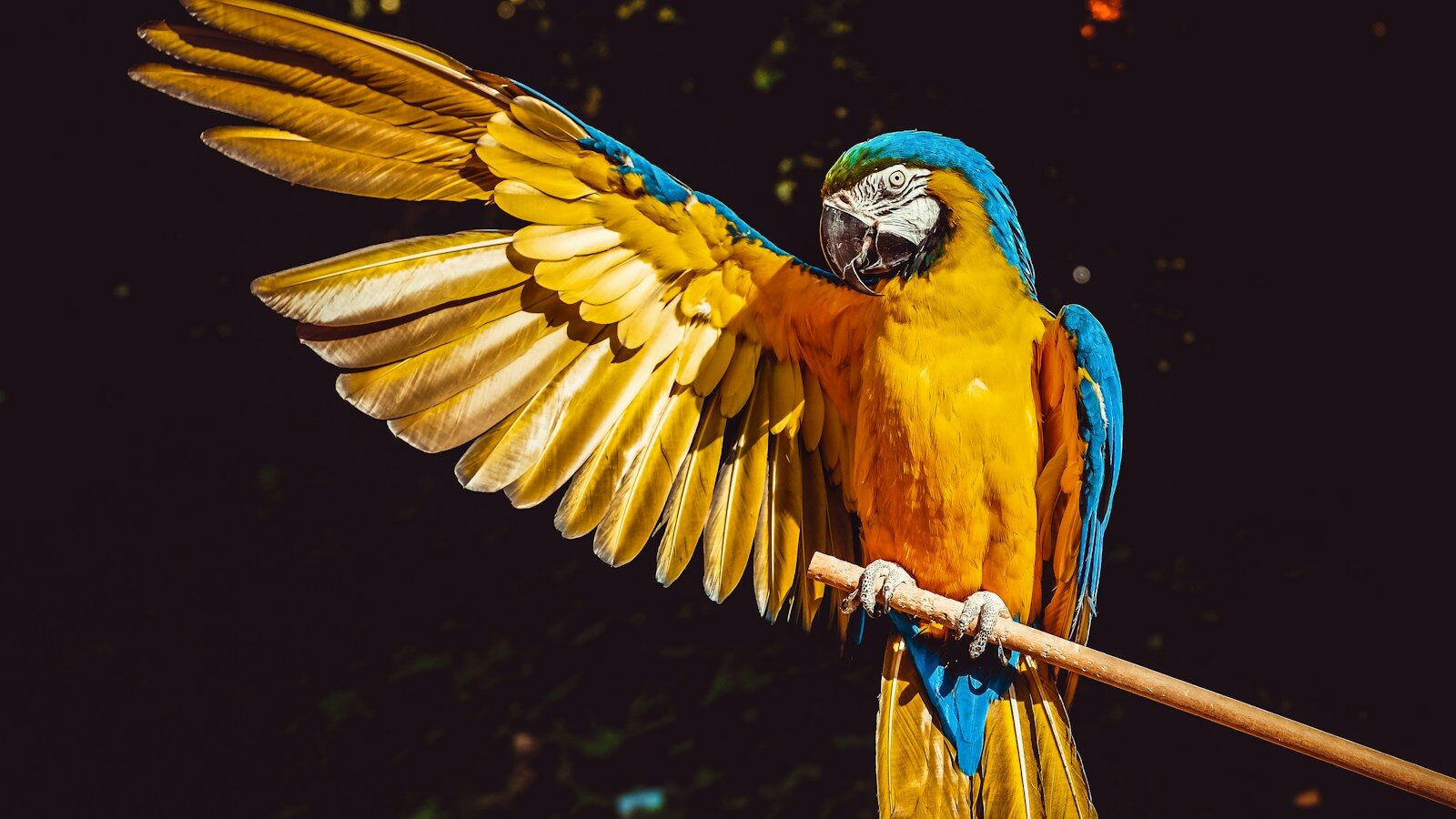
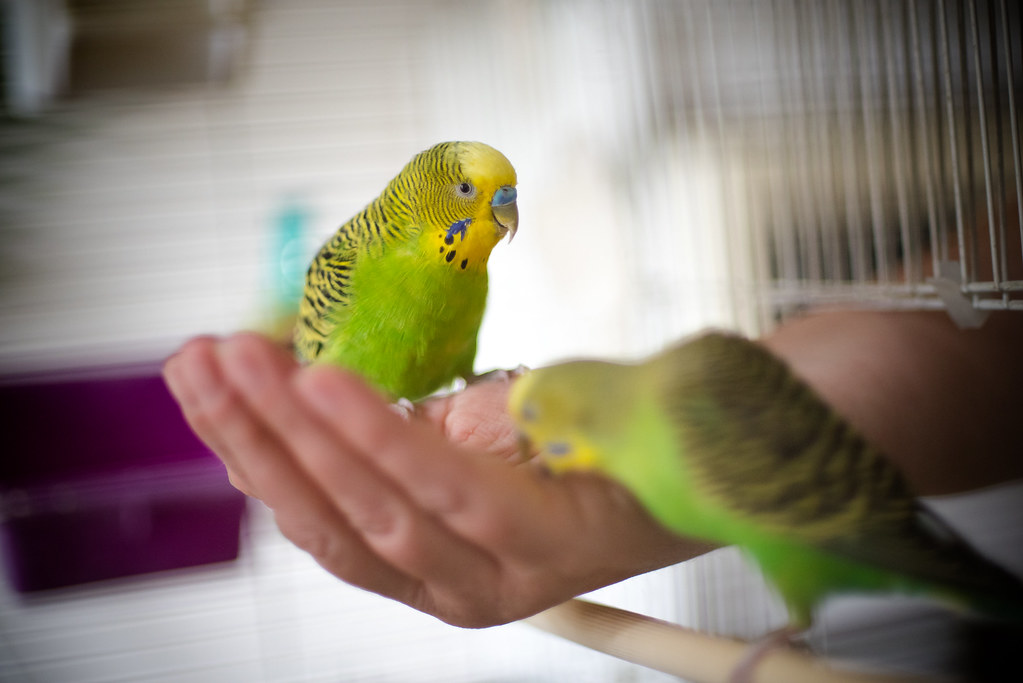
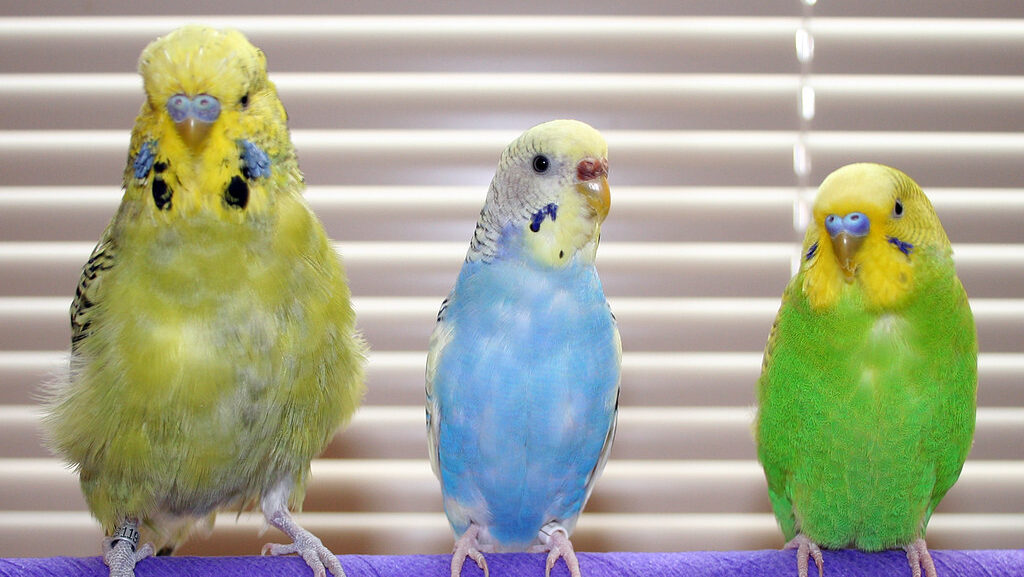
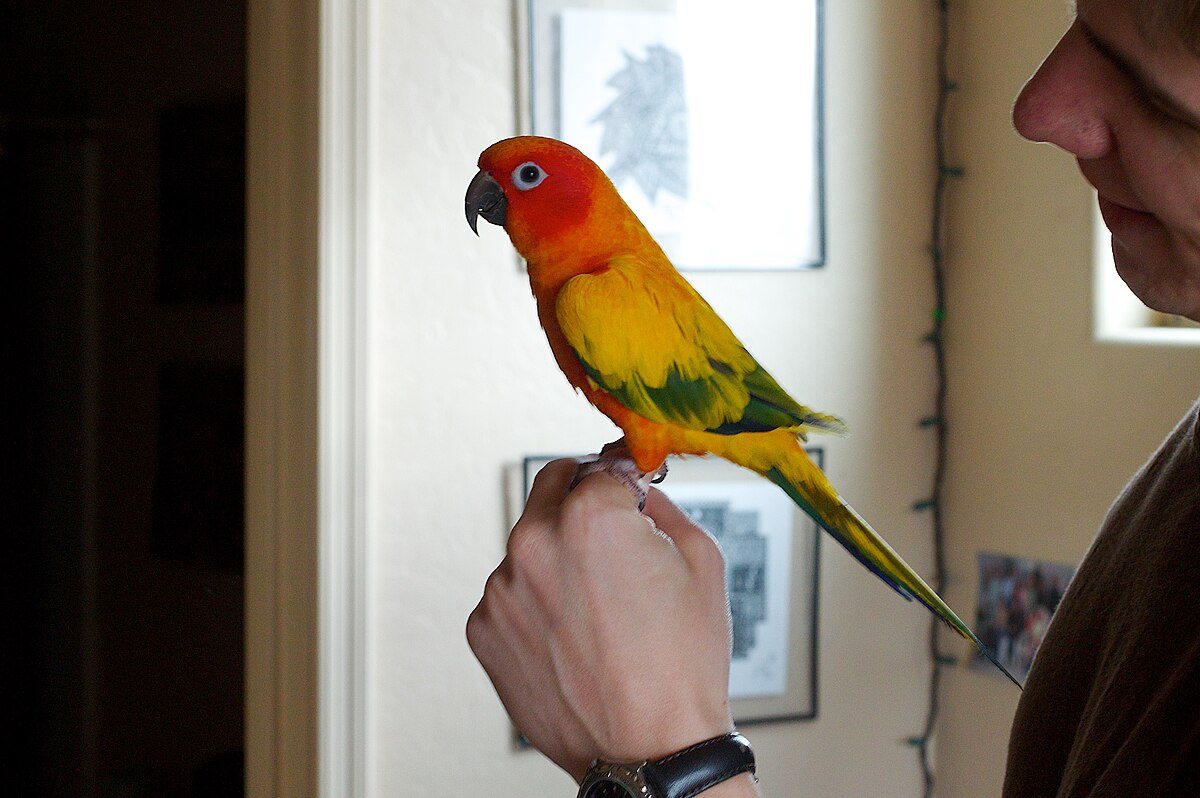
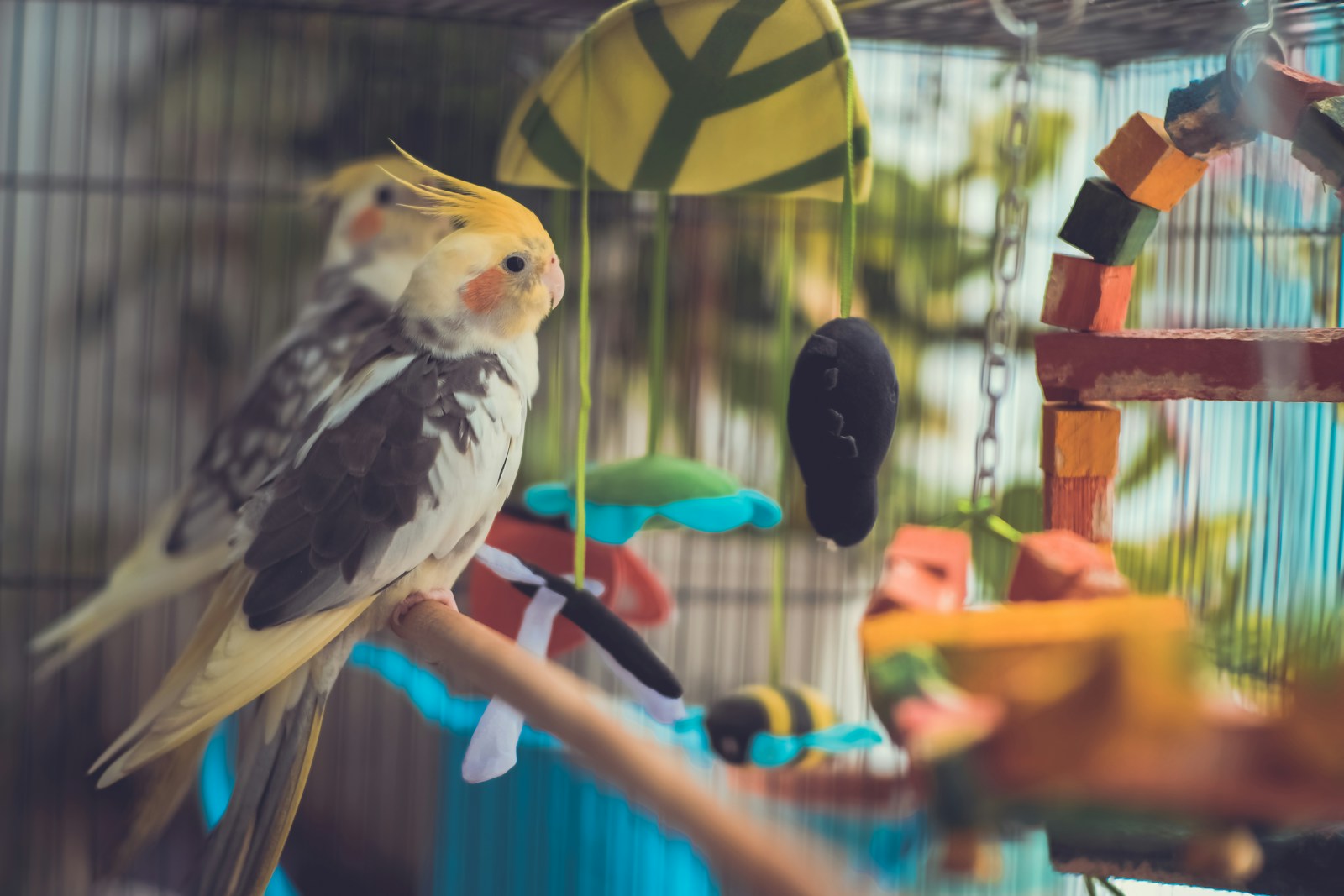
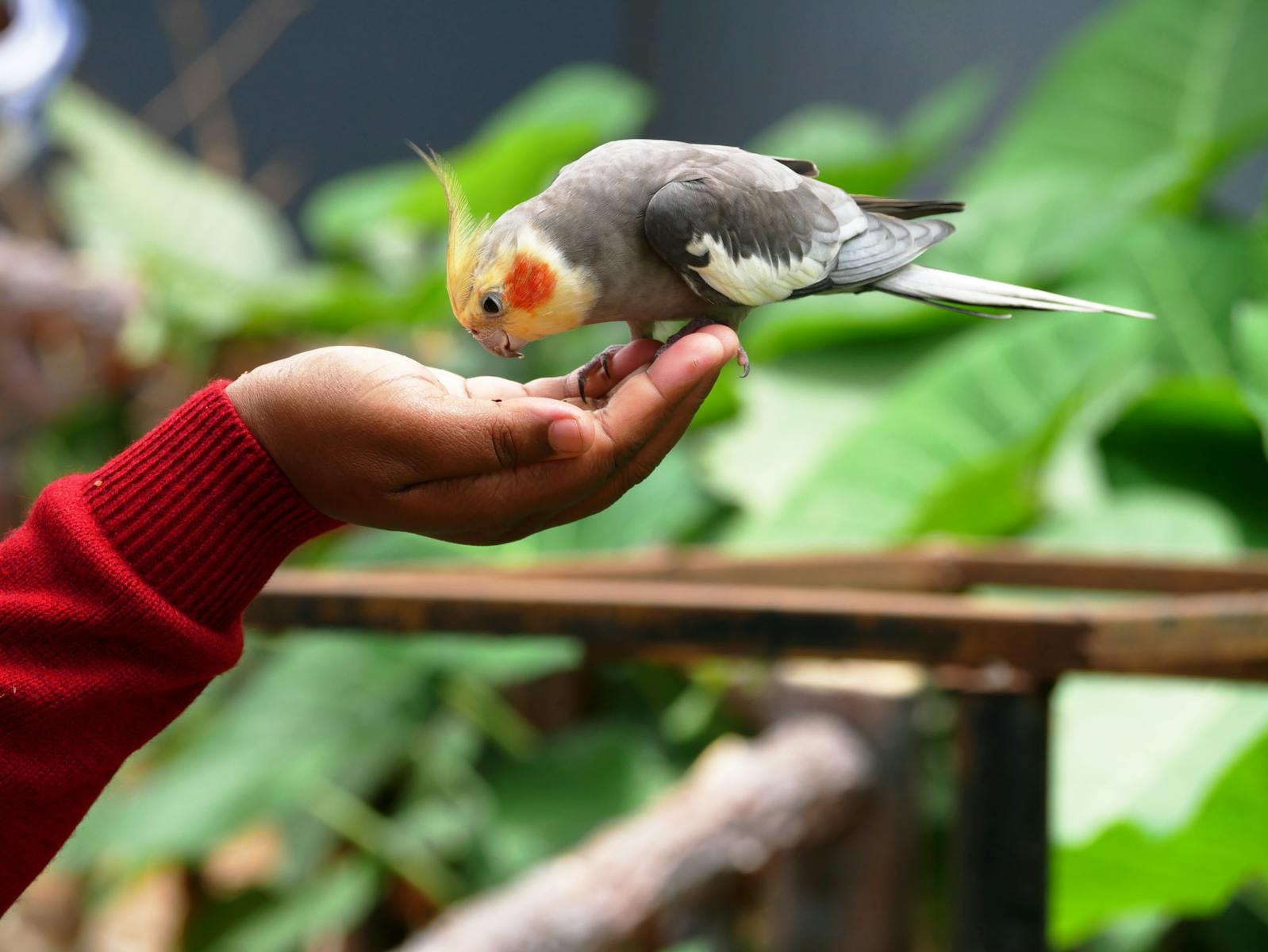

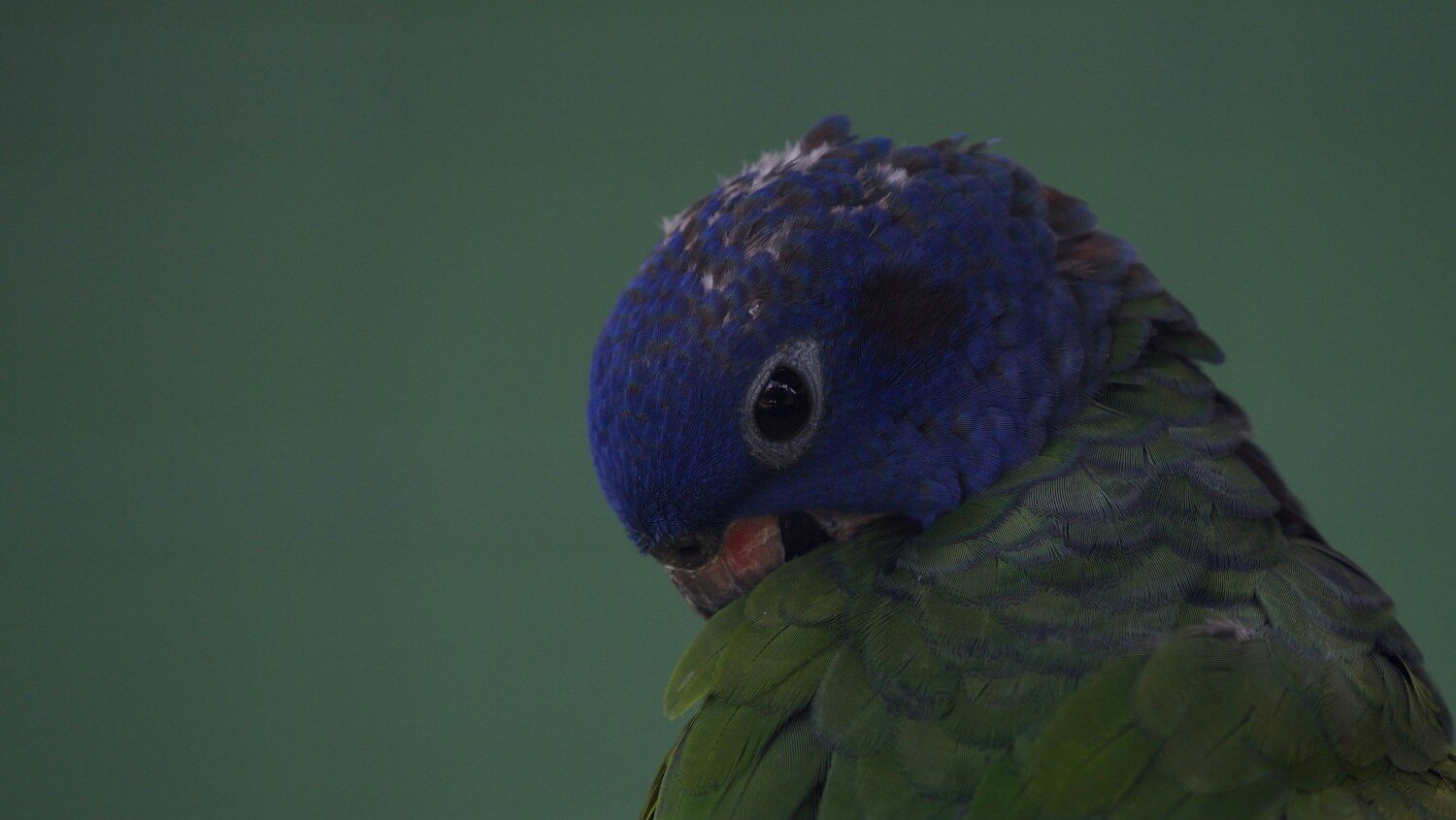
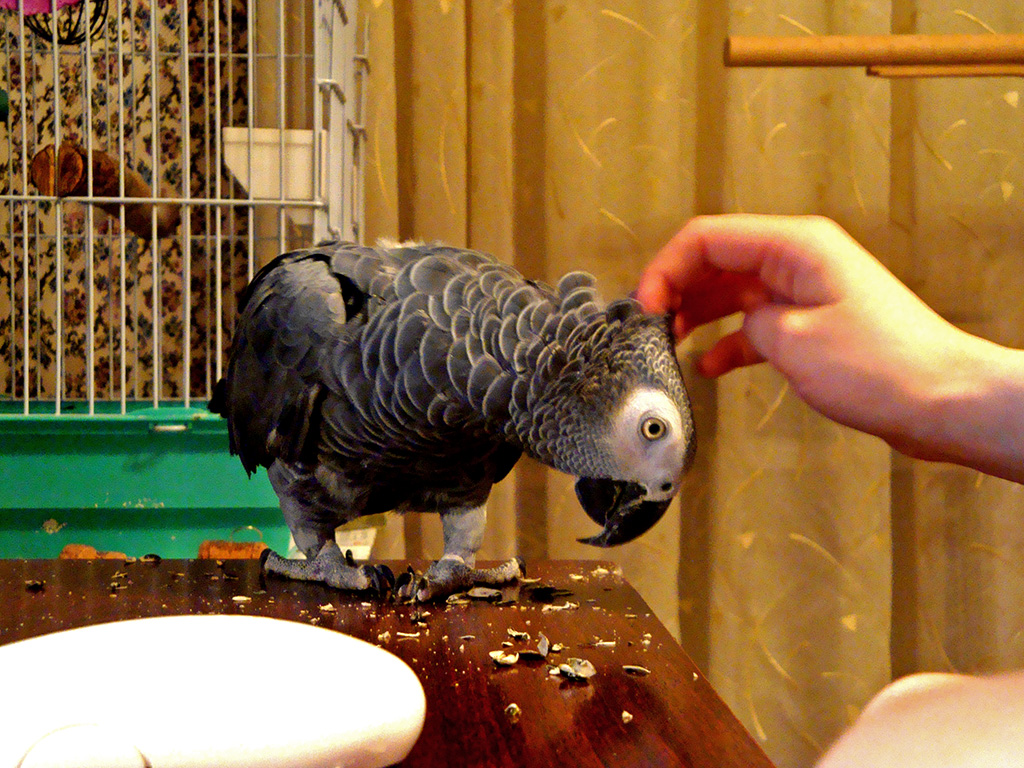
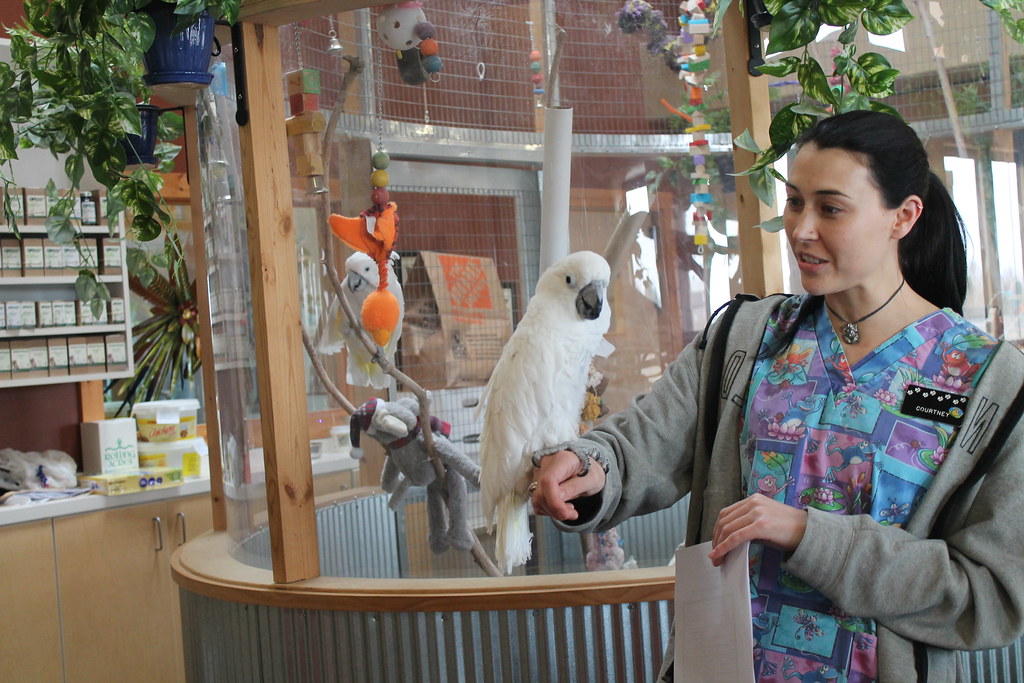





Leave a Reply